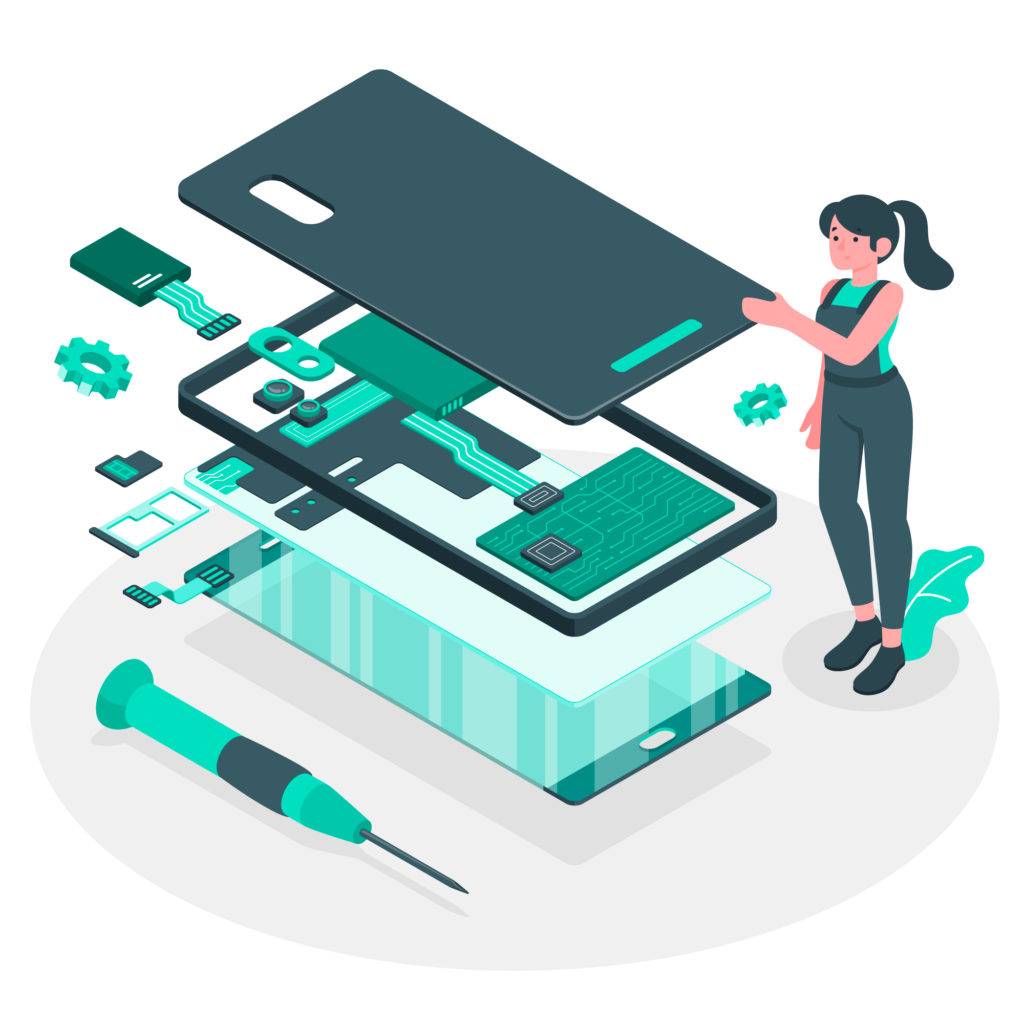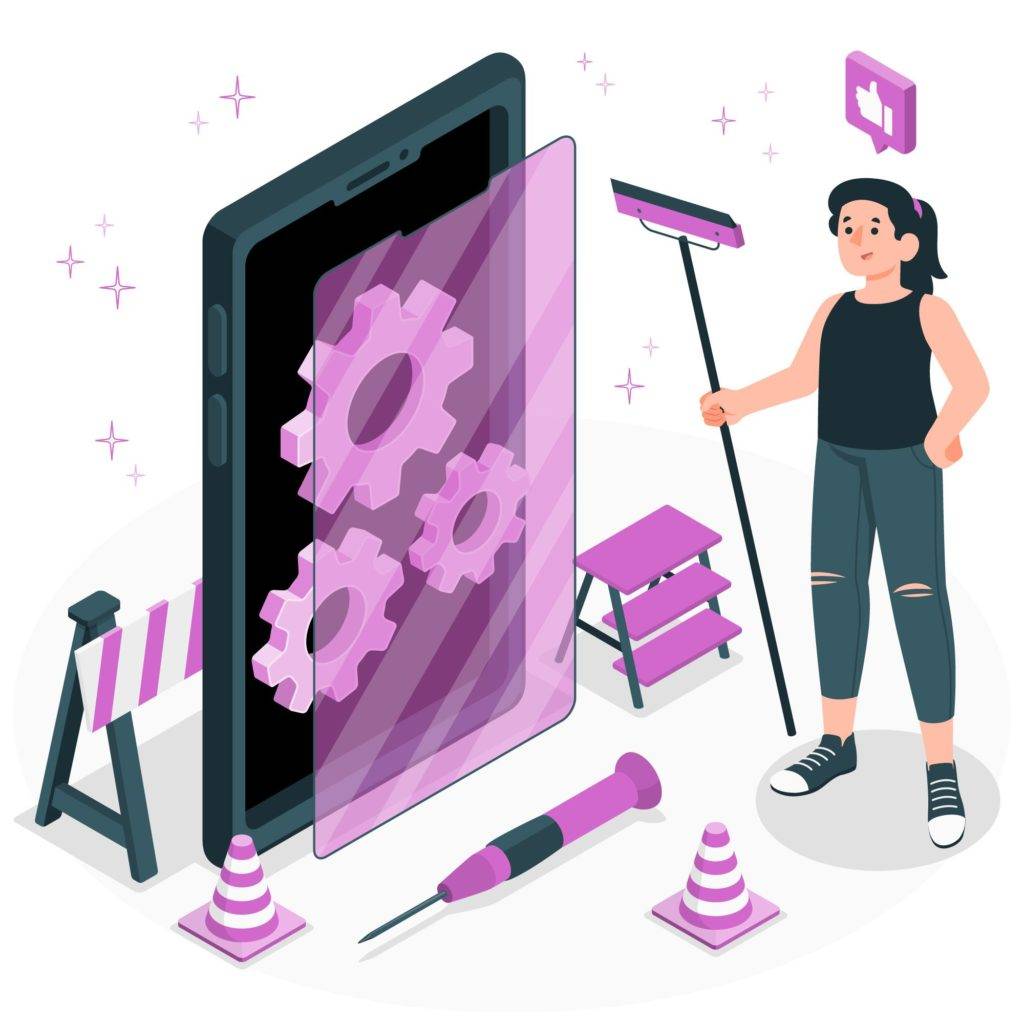 About US
About US

 About US
About US

 About US
About US

OUR SERVICES

COMPUTER REPAIR
Efficient computer repair solutions to keep your systems running seamlessly.

PHONE REPAIR
Reliable phone repair services to restore your device's functionality with expertise.
Who We We Are:
At United Smart Tech, we pride ourselves on being a one-stop-shop for your organization’s technology solutions. Specializing in connected device solutions and communications technology, we work to deliver amazing results that help our clients pursue their inspirations to the fullest. Our process is simple and straightforward – whether you need ten or ten thousand technicians, we are fully capable of satisfying your firm’s needs.
Our leaders boast over a decade of experience in this industry. (Yes, we know we are getting old, but like fine wine, our expertise betters with age). We combine this high-level of knowledge with a deep understanding of today’s cutting-edge technology, ensuring that you receive the highest quality service from industry leading experts. Over the years, United Smart Tech has established itself as one of the best options for Phone, Tablet, Computer, Console Repair services throughout the Southern United States.
Throughout United Smart Tech, our employees are inspired to exceed expectations, maintain the highest standards, and challenge what was previously considered to be impossible. We recruit, train, and encourage a technical workforce that is dedicated to expanding their knowledge and taking our client’s technology resources to the next level.
With over 22 million Americans using on-demand services every year,
what are you waiting for? We encourage you to jump on our bandwagon and provide your end- users with the cutting-edge and on-demand technology solutions they deserve.

OUR MISSION MISSION
Our mission at United Smart Tech is to redefine the smart device repair experience. We are committed to providing seamless and reliable solutions for all your device troubles. Our skilled technicians leverage cutting-edge technology to diagnose and repair your smart devices efficiently. With a focus on customer satisfaction, we strive to exceed expectations by delivering prompt, high-quality repairs at affordable prices. Our mission is to extend beyond fixing devices; trust us to revive your gadgets and keep you connected in a world driven by smart technology. Your devices, our expertise – restoring innovation one repair at a time.
OUR VISION VISION
Our vision is to be the forefront of innovation in smart device repairs. We aspire to create a tech-savvy ecosystem where every individual can enjoy uninterrupted connectivity through seamlessly functioning devices. Through continuous research and development, we aim to set new industry standards, ensuring that our customers experience the latest advancements in repair technology. Our vision extends beyond fixing devices; we envision a world where technology empowers and connects people effortlessly. By fostering a culture of excellence and embracing emerging trends, we strive to be the go-to destination for cutting-edge smart device solutions.
UNITED SMART TECH
WE PROVIDE THE BEST REPAIR SERVICES
- Quality Repair Service
- 100% Satisfaction Guarantee
- Highly Professional Technicians
- Best Value Solutions
- Professional and Qualified





